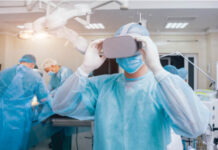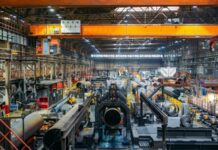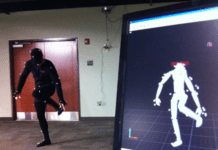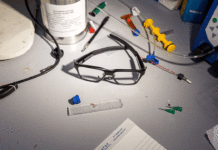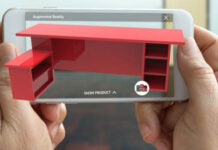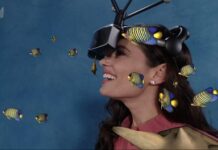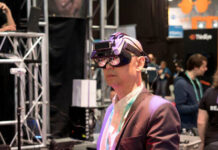
Some many changes and transformations are currently influencing our perspective of the world along with how we interact with others. These changes also need to occur in the workplace which is why design will play an important role in 2018. Professionals need to understand how to change the way we work along with the tools we use to achieve maximum efficiency to meet the demands of the workforce. We need to create spaces that allow people to connect in order to share innovative ideas. Here are three major trends that will play a role in shaping the progression of workplace design in South Africa.
Designing for generations in a country as diverse as South Africa, many different generations are working in the same environment. This comes with its own set of challenges but when the generation gap is paired with poor design, it could be even worse. The challenges often stem from a lack of communication and a lack of understanding. South Africa offers ample opportunity for workers to grow and to learn more about each other. This is the only way to enrich ourselves.
Workplaces need to ensure that they have space that is designed for such collaboration to take place. They need to steer away from mass traditional open-plan spaces to areas where people can intimately meet with each other and share thoughts. The concept of open-plan might have been effective a few years ago but it has proved to be a bad decision when workers need to meet the demands of the current workplace. Collaborative spaces lead to strengthened relationships between employees, increased staff retention, and it allows for effective knowledge sharing. These aspects are all important for a productive organization.
Activity-based design
According to audits that have been done, South African workers want to choose where they can work to be most effective for the different activities they do per day. The Francis Duffy Method demonstrates how a workplace should be broken down for increased productivity:
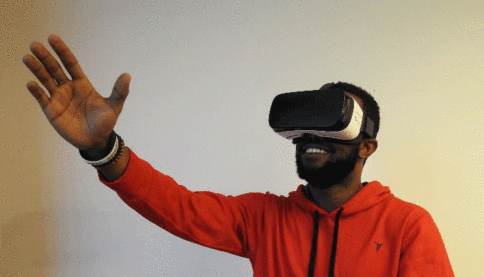
The Hive: This is a place where individuals perform fixed tasks. The hive is then divided into an endless number of identical working places.
The Club: this is where workers come together and collaborate while the actual work is being done in another setting.
The Den: this area is mostly open and focuses on teamwork. There is very little personal space.
The Cell: this area is designed for work that requires focus. The staff has great autonomy and few interactions.
Use of VR and AR
VR is a great tool to use in the working environment. It is already being adopted worldwide. It immerses the user and allows them to interact with an actual model of space in a virtual world. The next phase of this technology, AR, allows workers to virtually create design concepts and present them in a real-world environment. This allows workers to be more accurate in what they are doing whilst increasing production and decreasing costs.
January 8, 2018

